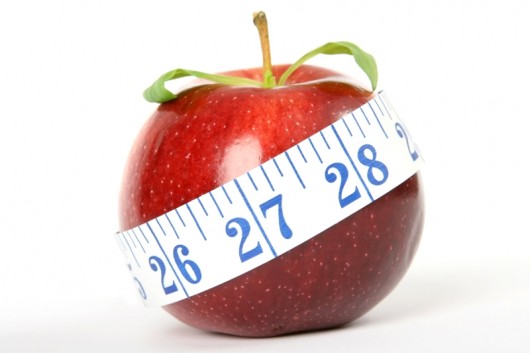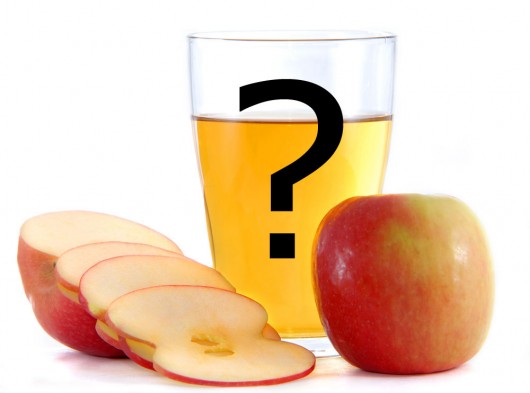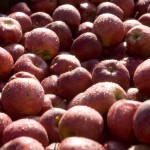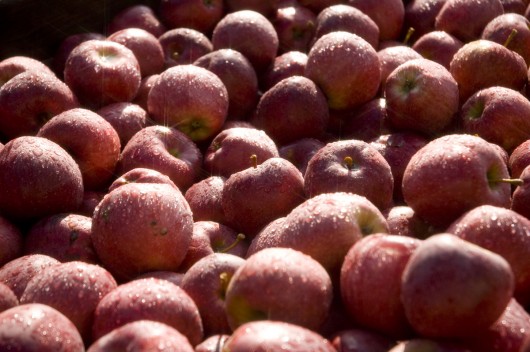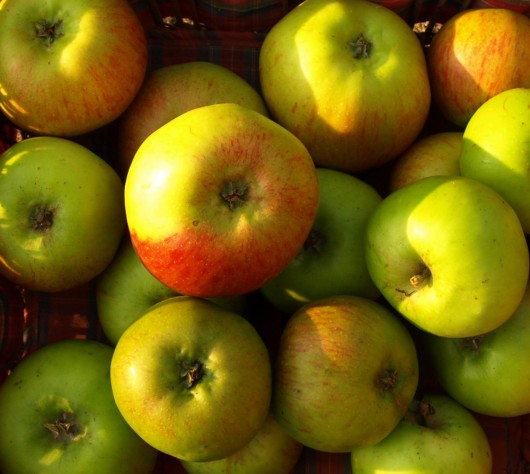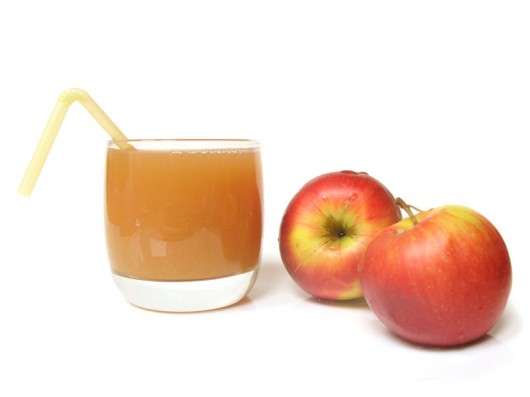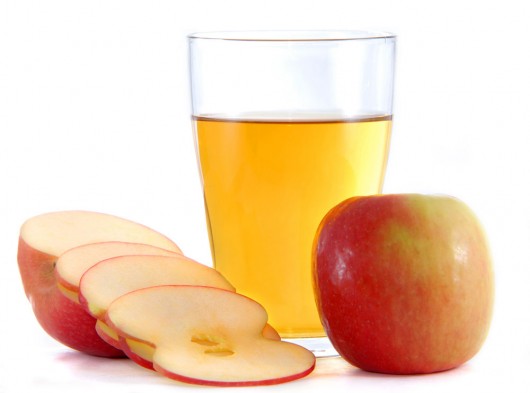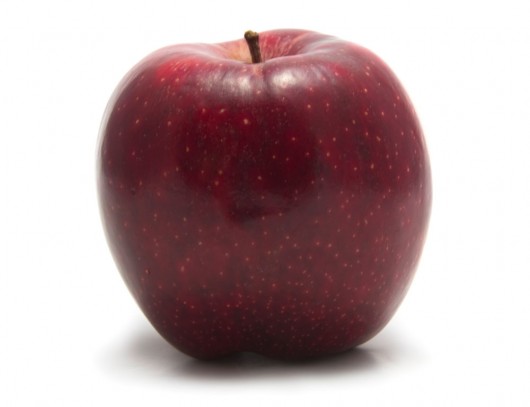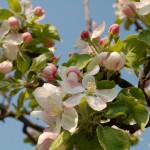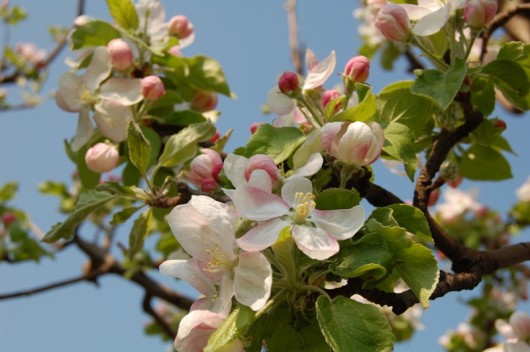Apple Nutrition Facts – Why an Apple a Day Keeps the Doctor Away
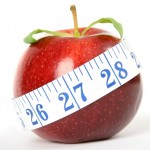
What everyone knows about apples is that they are a sweet fruit that will keep you regular and has great tasting juice. True, it’s all those things, but it has a lot more nutrition than most of us know.
Apples have bee known to help asthmatics get less attacks, and when they do happen, they are less severe. Apples are known to stimulate appetite in people who don’t often feel hungry. They are the chief ingredient in apple cider vinegar, a home remedy that is a great help for respiratory illness, general energy and mild stomach conditions.
They have also been known to reduce the incidence of strokes because they prevent thickening of the artery walls. They help with type 2 diabetes. They contain flavanoids which inhibit cancerous cells and they are known to reduce the severity of prostrate cancer.
A large glass of freshly squeezed apple juice a day will help you to reduce the effects of cholesterol. In short, they are packed with different nutrients and each nutrient in an apple is beneficial to your body (here you can find a complete list of apple juice health benefits as well as their explanations).
The main nutrients that you will find in an apple are numerous; look at the list below to see just how much you would be doing for your health if you consumed apples regularly. This is based on a regular sized apple that’s ripe and fresh and still has the skin on.
Apple Nutrition Facts
Betaine 0,1 mg
Calcium 6 mg
Calories 52 Calories
Carbohydrate 13,8 g
Carotene-ß 27 mcg
Choline 3,4 mg
Dietary Fiber 2,4 g
Fluoride 3,3 mcg
Folate 3 mcg
Iron 0,1 mg
Lutein-zeaxanthin 29 mcg
Magnesium 5 mg
Niacine 0,1 mg
Oxygen Radical Absorbance Capacity (ORAC) 5900 µ mol TE
Pantothenic Acid 0,1 mg
Phosphorus 11 mg
Phytonutrients 67 mcg
Potassium 107 mg
Protein 0,3 g
Pyridoxine Vit. B6 0,041 mg
Selenium 1 mcg
Sugar 10,4 g
Total Fat 0,2 g
Vitamin A 54 IU
Vitamin C 4,6 mg
Vitamin E 0,2 mg
Vitamin K 2,2 mcg
Water 85,6 g
If you want to get the full benefits of an apple, don’t peel away the skin as it contains many of the nutrients listed here; more than half of the vitamin C that you will be getting, for instance, sits just below the skin.
You’ll notice that there are some elements that are common in almost everything that we eat that are not present in apples: they don’t have any kind of fat, they don’t contain sodium and they don’t have cholesterol either.
They are also one of the richest sources of plant based anti-oxidants. In fact, they are not far from the avocado, another wonder fruit that people had for a long time ignored because it was believed to contain unhealthy fats.
If you check the list, you’ll see that when it comes to fibre, it says plenty. That’s why people who eat apples regularly will move bowels regularly too. The fibre provides the traction that’s needed to push stool out of the colon. If you are constipated, a raw apple is one of the easiest and best ways to help you get bowel movements.
You might be wondering which of all these nutrients is most beneficial to the body. There are 4 of them:
Carbohydrates are vital for proper body function, and especially plant based carbs. They are fuel for the body and because they come in the form of a fruit, you can be sure that you are not consuming carbs as you would otherwise consume with other foods.
Calcium is the stuff from which bones are formed, and it’s also an important component in maintaining proper cell turgidity. If your cells have a calcium imbalance, you will suffer dehydration – calcium makes the cells turgid enough so that the cell membranes maintain just enough water.
Iron is vital as well, because it is one of the main components of blood and it is necessary for blood circulation. If you have too little iron, you will be anaemic.
Potassium is also vital for healthy cells, and healthy cells mean a healthy body.
It’s easy to give your body all these things simply by making sure that every day, you eat an apple. You can make apple fruit juice a part of your morning regimen, and then carry an apple with you as you leave the house to munch on later. In fact, it’s somehow the only fruit that you can eat in public without people raising an eyebrow :).
